yeah, still on my back after a whole fuckin’ month! After feeling like I’d actually regressed I finally broke down and got an MRI… the news was as bad as we’d feared. A huge bulging L5 disc poking into my spine. Here’s the picture!
Yuck! So it’s no wonder that basic chiropractry, massage, and acucpuncture cannot address this. In a couple of days I’m going to visit a specialist who gives epidurals to cases like this, a cortisone shot that will shrink the swelling and hopefully allow me to start some kind of physical therapy regime. Another friend has offered to give me a house call to start on a restorative yoga program, which I’m looking forward to, but so far, can’t do a thing! Can barely walk or stand more than a few minutes at a time.
Anyway, between the injury and the percocet I’m a dull guy, not much to report even though I’ve been reading and thinking and being a sports fan… Francesca took my camera on a bike ride to San Bruno Mountain and came back with some nice shots, so I can pretend that I was out enjoying the nice post-storm weather last weekend:
This second photo is a handy segue to the topic of my reading today: waste! The shoreline near the bay is made up of San Francisco’s garbage (it’s what was once Brisbane lagoon, just south of Candlestick point), dumped there for about 50 years in the 20th century before it became illegal (it was always insane!) to dump in the bay. Our waste is something we have a lot of trouble talking or thinking about but in two articles it gets a good in-depth treatment.
John Seabrook writes about “American Scrap” in the Jan. 14, 08 issue of The New Yorker. He examines the history of the scrap metal industry in particular and how it’s kind of a barometer of economic “health”. When the price of scrap metal goes up it means there’s a lot of activity, and conversely when it goes down things are tanking. But what I liked most about the piece is his account of some of the young modernizers who have entered the business after its gradual monopolization during the long 20th century. Now there are upstarts who are using new technologies of crushing and sorting, along with empty containers going back to China cheaply, to ship all the accumulating ruins of de-industrialized America over there… It’s apparently quite a profitable business.
My interest is more from the point of view of imagining a time not far in the future when we’ll be much more localized in much of our economic lives, and our ability to make new uses of the detritus of modern life will determine how comfortable our material lives can be. As it happens, steel is always with us. It doesn’t really decay and repeated uses don’t degrade its strength. As long as it can be extracted from previous uses, it can be melted down and re-used. So we don’t have to fear a collapse of available resources, as much as a lack of imagination about how to reconfigure our lives so we can make use with what we have. The technologies developed by these scrap metal entrepreneurs gives me an odd hope, even though it’s highly energy dependent and requires a great deal of fossil-fueled heavy equipment, I can imagine that it may be put to radically different uses by a radically different society.
But no matter how differently our society evolves, we’re all still going to be taking a shit most days. And processing this endless river of shit is the topic of “Wasteland: A journey through the American cloaca” by Frederick Kaufman in Harpers Feb. 08. I recall that one of Mike Davis’s recent books, either the Planet of Slums or the Monster at the Door claimed that about 2/3 of the world population steps out of its front door into its own shit. A rather unpleasant thought, to say the least! But how we think about shit is pretty absurd, especially the dire fear of contact with it. I like the Kaufman piece cuz he quickly runs through a number of historical references all the way back to pre-Roman and Roman times, showing how revered shit was. A lot of alchemists and other kinds of imaginative characters in pre-industrial history made good use of human feces for various purposes, and for the longest time it was naturally used to fertilize fields, as it still is after much processing and manipulation by the major urban, industrial processes used by contemporary cities. Seems pretty darn obvious that we ought to be thinking systemically about all the inputs and outputs of our daily lives, in ways we just haven’t been in the habit of doing. Instead modern life has evolved along unsustainable lines that all too often look kind of like this picture taken from San Bruno Mountain north towards our illustrious Cow Palace:
Imagine instead a series of horticultural corridors that make use of the normal byproducts of our organic selves, returning directly to the soil our shit, our water, the rains, the leftovers of our food growing and consumption, etc. It is completely obvious that such a transition is in order, but it is still treated as the wacky ruminations of freaks and crazies… alas. (Another article worth checking out in that same Feb. 08 Harpers is on the manufacturing of financial bubbles in the recent era, looking at the dotcom and housing bubbles and predicting that the next one will be alternative energy and infrastructure rebuilding!) The crazies are the ones who think we can keep on keepin’ on without profoundly radical change… and my favorite proponent of radical change these days is my daughter! Here she is as my sign-off today…

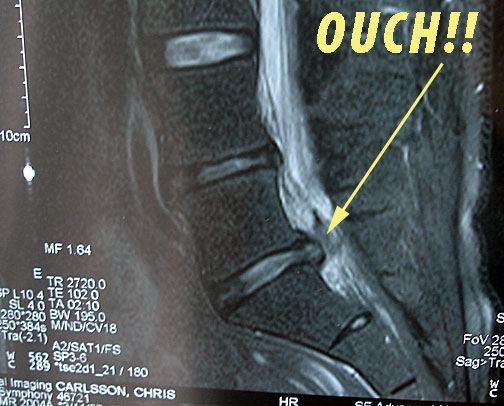
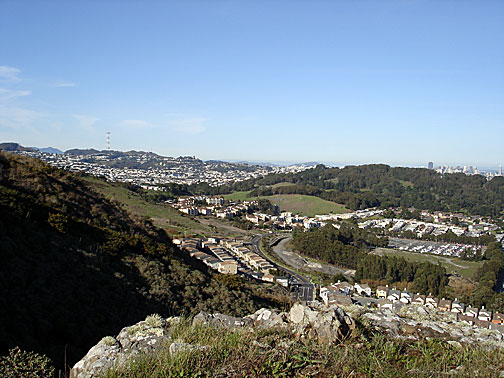
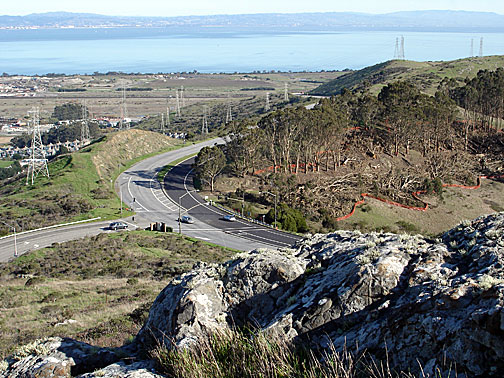
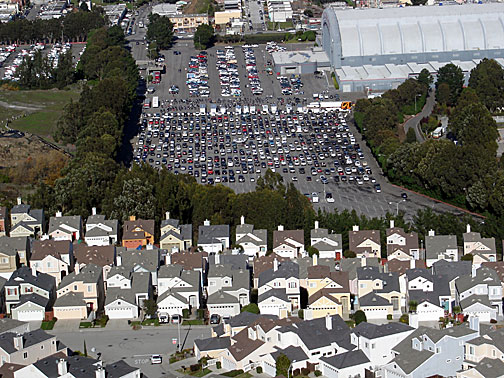
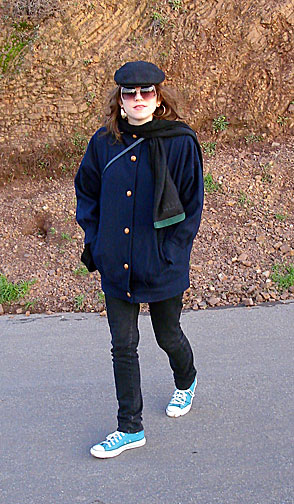











Also, here is a great video about e-waste, focusing in particular on Guiyu, China. Produced by someone in the UC Berkeley Journalism dep’t:
http://michaelzhao.net/
Fhar
National Geographic just published a great article about ewaste heading to Asia. Europe seems to have the edge on keeping it and reusing it, and the US is the largest consumer and disposer of technology (of course). There are 4 TVs, a computer, a monitor, and a microwave in my backyard/communal storage (none of them mine), that’ll probably stay back there!
http://ngm.nationalgeographic.com/ngm/2008-01/high-tech-trash/carroll-text.html